1-10
Bowie’s favourite 100 Books – Part 1
David Bowie’s 100 favourite Books
Part One 1-10

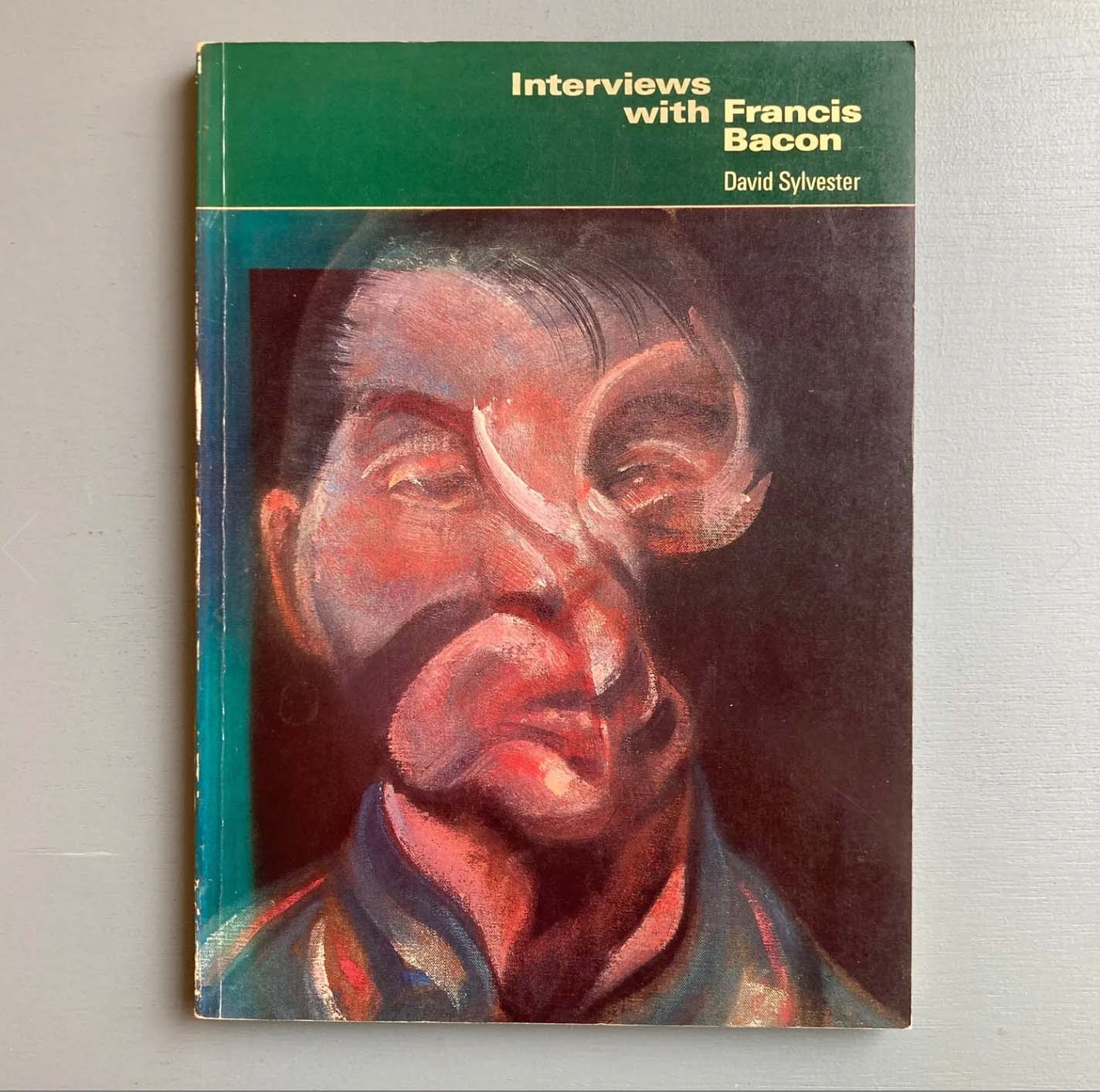
Interviews With Francis Bacon by David Sylvester
Eminent writer and curator David Sylvester provides the definitive account of the career of an artist whose friend and collaborator he was for more than forty years. Drawing on his unparalleled personal knowledge of Bacon’s inspirations and intentions,
Sylvester first offers a critical overview of the development of Bacon’s work from 1933 to the early 1990s, and then addresses its crucial aspects. He also reproduces previously unpublished extracts from his celebrated conversations with Bacon in which the artist speaks about himself, modern painters, and the art of the past. (Source: Goodread)
Billy Liar by Keith Waterhouse
Billy Fisher feels trapped by his working-class parents, his unfulfilling job as an undertaker’s clerk, and his life in a dull, provincial town. His only refuge is in his daydreams, where he is the leader of the country of Ambrosia. Unfortunately,
Billy’s wild imagination leads him to tell lies constantly: to his parents, his employer, and his three girlfriends. On one tragi-comic Saturday, as Billy plots his escape to a life of adventure and excitement in London, all his lies finally catch up with him, with hilarious and disastrous results. A smash bestseller and one of the great comic novels of the 20th century, “Billy Liar” inspired an award-winning film, a play, a musical, a television series, and a sequel. (Source: Michael Joseph Ltd.)
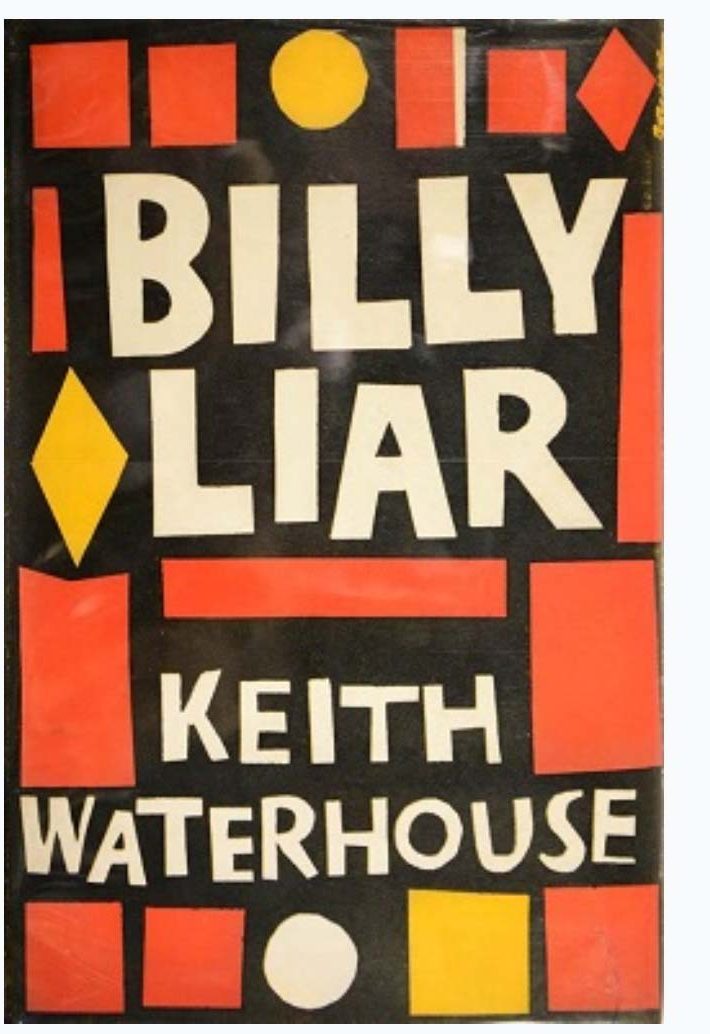
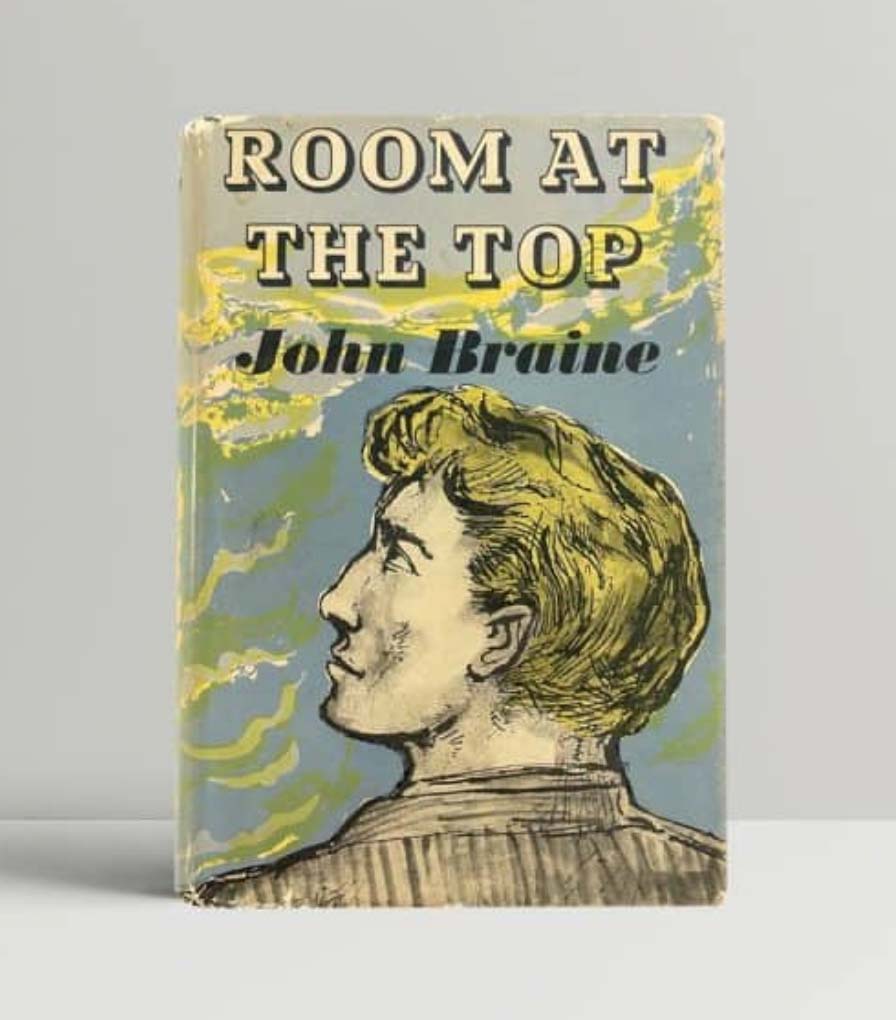
Room At The Top by John Braine
Ruthlessly ambitious, Joe Lampton rises swiftly from the petty bureaucracy of local government into the unfamiliar world of inherited wealth, fast cars and glamorous women. But the price of his success is high. Betrayal and tragedy strike as the original “angry young man” of the 1950s pursues his goals. (Source: Eyre & Spottiswoode)
On Having No Head by Douglass Harding
Headlessness, the experience of “no-self” that mystics of all times have aspired to, is an instantaneous way of “waking up” and becoming fully aware of one’s real and abiding nature. Douglas Harding, the highly respected mystic-philosopher, describes his first experience of headlessness in “On Having No Head,” the classic work first published in 1961.
In this book, he conveys the immediacy, simplicity, and practicality of the “headless way,” placing it within a Zen context, while also drawing parallels to practices in other spiritual traditions. If you wish to experience the freedom and clarity that results from firsthand experience of true Being, then this book will serve as a practical guide to the rediscovery of what has always been present. (Source: InnerDirections Publications)

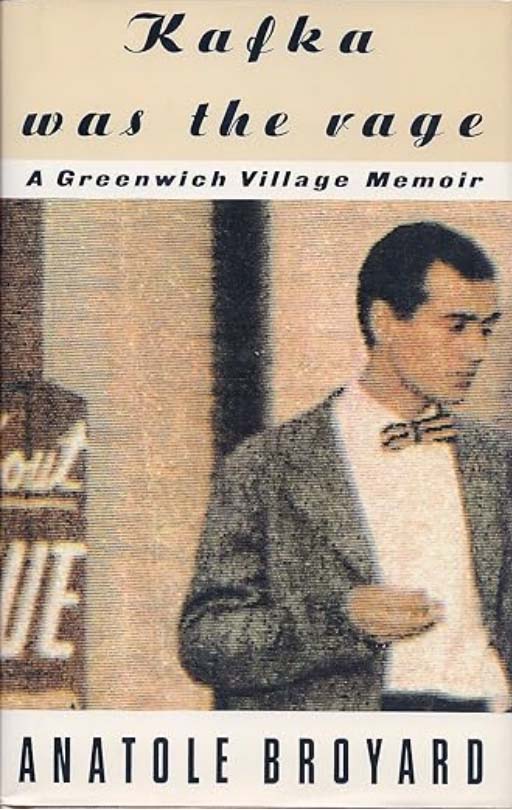
Kafka Was the Rage by Anatole Broyard
What Hemingway’s A Moveable Feast did for Paris in the 1920s, this charming yet undeceivable memoir does for Greenwich Village in the late 1940s. In 1946, Anatole Broyard was a dapper, earnest, fledgling avant-gardist, intoxicated by books, sex, and the neighborhood that offered both in such abundance.
Stylish written, mercurially witty, imbued with insights that are both affectionate and astringent, this memoir offers an indelible portrait of a lost bohemia. (Source: Knopf Doubleday Publishing Group)
A Clockwork Orange by Anthony Burgess
A vicious fifteen-year-old droog is the central character of this classic. In Anthony Burgess’s nightmare vision of the future, where the criminals take over after dark, the story is told by the central character, Alex, who talks in a brutal invented slang that brilliantly renders his and his friends’ social pathology.
A Clockwork Orange is a frightening fable about good and evil, and the meaning of human freedom. When the state undertakes to reform Alex to “redeem” him, the novel asks, “At what cost?” This edition includes the controversial last chapter not published in the first edition and Burgess’s introduction “A Clockwork Orange Resucked.” (Source: W.W. Norton & Company)


City Of Night by John Rechy
When John Rechy’s explosive first novel appeared in 1963, it marked a radical departure in fiction, and gave voice to a subculture that had never before been revealed with such acuity. It earned comparisons to Genet and Kerouac, even as Rechy was personally attacked by scandalized reviewers. Nevertheless, the book became an international bestseller, and several decades later, it has become a classic.
Bold and inventive in style, Rechy is unflinching in his portrayal of one hustling “youngman” and his search for self-knowledge within the neon-lit world of hustlers, drag queens, and the denizens of their world, as he moves from El Paso to Times Square, from Pershing Square to the French Quarter. Now including never-seen original marked galley pages and an interview with the author, Rechy’s portrait of the edges of America has lost none of its power to move and exhilarate. (Source: Grove Press)
The Brief Wondrous Life Of Oscar Wao by Junot Diaz
Oscar is a sweet but disastrously overweight ghetto nerd who—from the New Jersey home he shares with his old world mother and rebellious sister—dreams of becoming the Dominican J.R.R. Tolkien and, most of all, finding love. But Oscar may never get what he wants. Blame the fukú—a curse that has haunted Oscar’s family for generations, following them on their epic journey from Santo Domingo to the USA. Encapsulating Dominican-American history,
The Brief Wondrous Life of Oscar Wao opens our eyes to an astonishing vision of the contemporary American experience and explores the endless human capacity to persevere—and risk it all—in the name of love. (Source: Penguin)
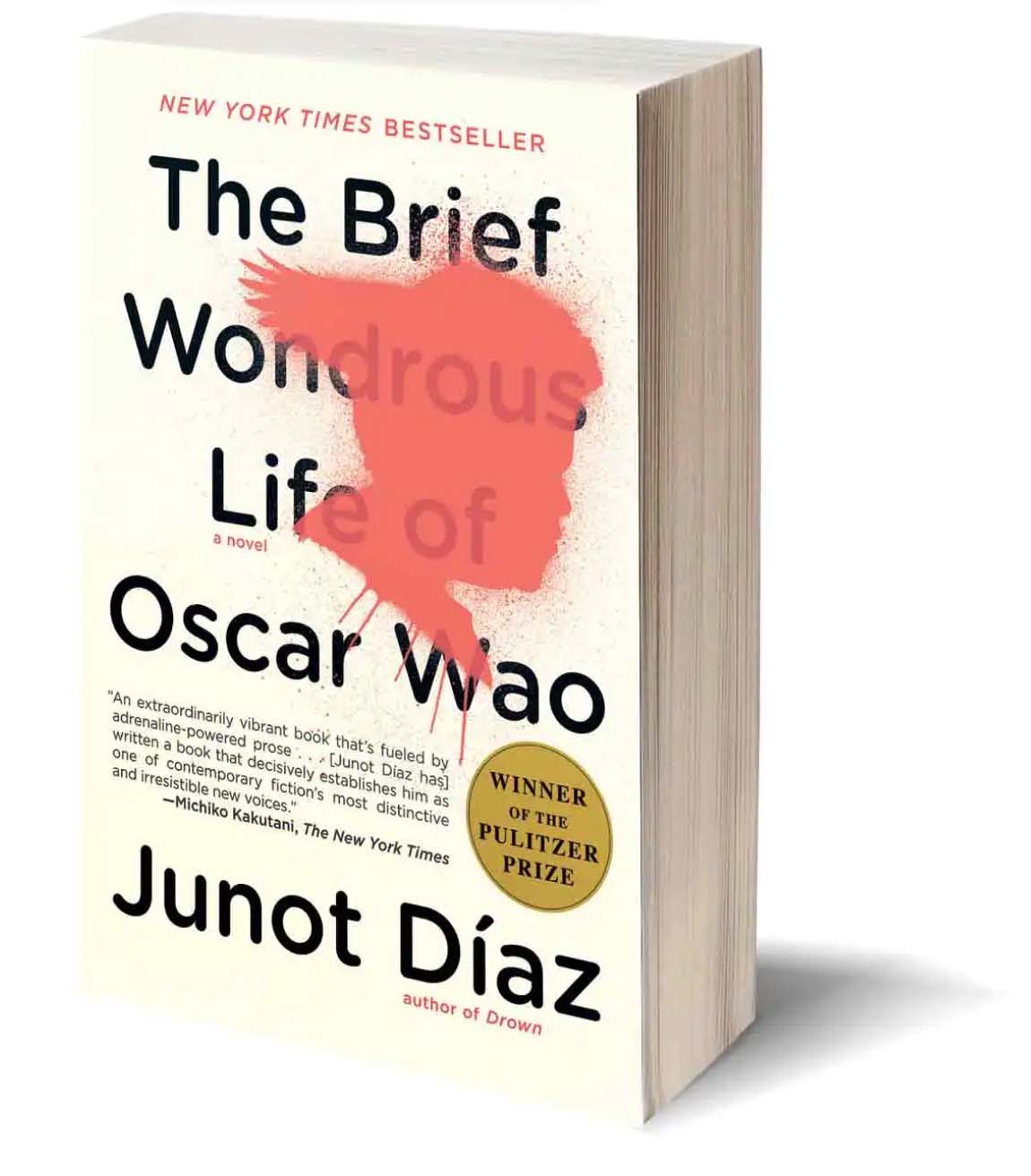

Madame Bovary by Gustave Flaubert
The main character of the novel is Emma, who lives alone with her father on his farm after the death of her mother. She marries the country doctor Charles Bovary, who adores the beautiful woman. She hopes that the marriage will lead to a more socially exciting life, but quickly becomes bored with everyday life in the village and her rather simply structured husband.
Concerns about her deteriorating health and her complaints about her place of residence prompt Charles to move to another village, assuming that a change of scenery would do his wife good. When they arrive in Yonville, they quickly become friends with the pharmacist Homais and his family. Léon, the chancellor, also lives in Homais’ house and Emma shares a kind of affinity with him, based on their mutual interest in literature and music. (Source: Google Books)
Iliad by Homer
The “Iliad” (Greek: “Iliás”) is an epic poem by the ancient Greek poet Homer, which describes some of the most important events of the final weeks of the Trojan War and the Greek siege of the city of Troy. Probably written in the middle of the 8th century BC, the “Iliad” is generally regarded as the oldest work in the entire Western literary tradition and one of the most famous tales of all time.
Through the depiction of the Trojan War, the gripping scenes of the battles, the wrath of Achilles and the constant intervention of the gods, themes such as glory, wrath, homecoming and fate are dealt with. In addition, the Homeric epic provided themes and stories for many other later Greek, Roman and Renaissance writings. (Source: Kinnerton-Hanover)



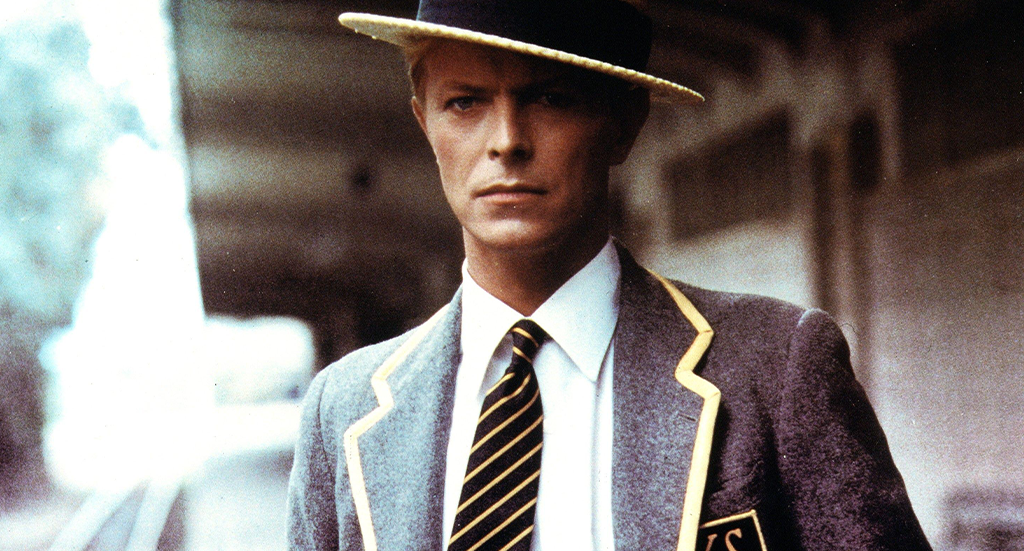
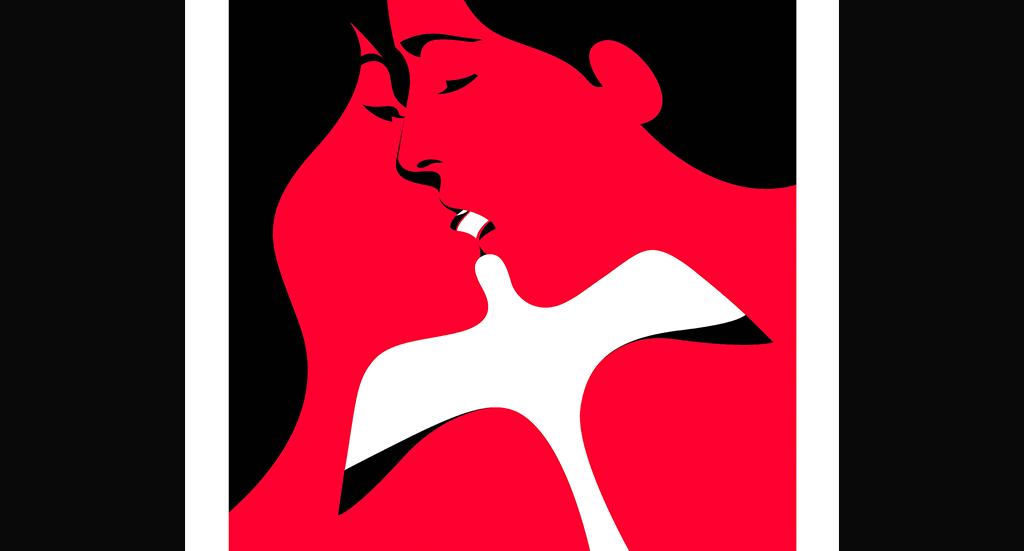


Join our Community